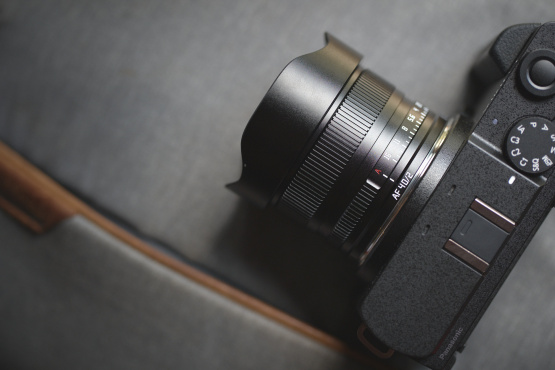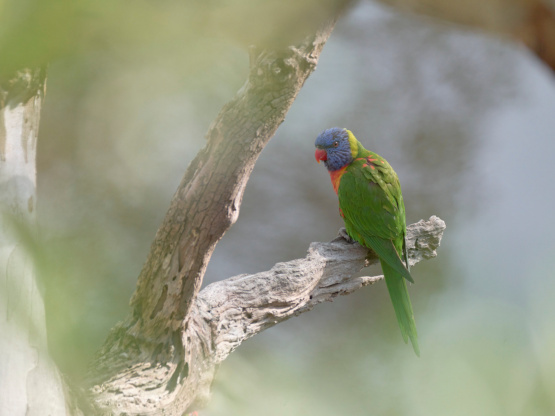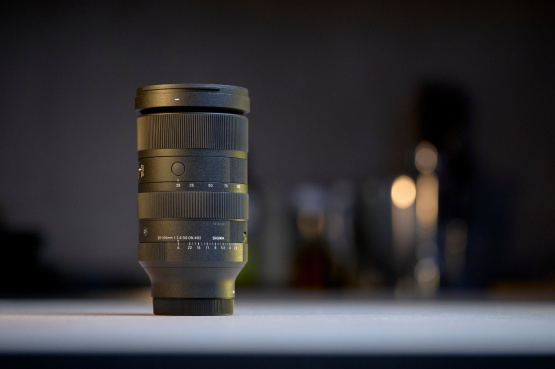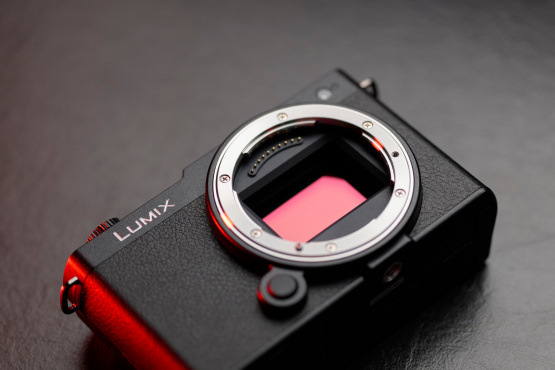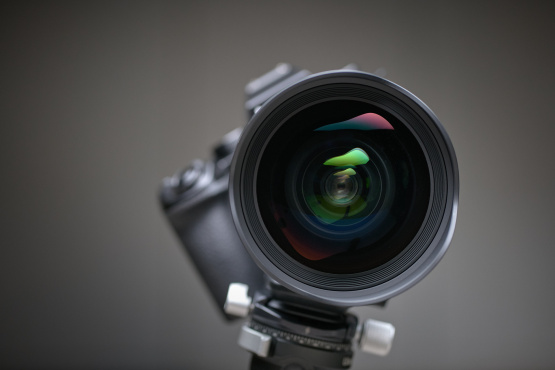Modest Beginnings
There used to be only one reason I ever needed an ND filter, and that was for long exposures of water falls or beaches. Stepping out to 10 second exposures, maybe less or maybe more, with the help of a 6-stop ND filter was a bit of fun that anyone can enjoy. You’d usually have just one wide angle lens for these compositions anyway, so one screw-on ND would do the trick right?
Only what if 6-stops wasn’t enough, and a 10-stopper is what you needed? And what if you upgraded that wide angle and got an even wider angle, with a bigger snout that no longer fits screw-ons at all? Or maybe you planned ahead and got a Lee filter set with slide-in ND grads and just needed the right adaptor for your new lens? Or perhaps the 85mm glass was too small for the new lens, and the 100mm glass was required instead?
So many possibilities, so little time.
My latest ultra-wide angle zoom is by Sigma; a 14-24mm F2.8 that is oh so gorgeous but with a big curved glass at the front. It also has a little slot at the REAR of the lens to pop in teeny tiny ND filters so you don't need chunky big kits to hug the front. They weren't easy to shop for, but once acquired they do a great job for long-exposure waterfalls. Now I have that one little kit of NDs that only work with that single lens.
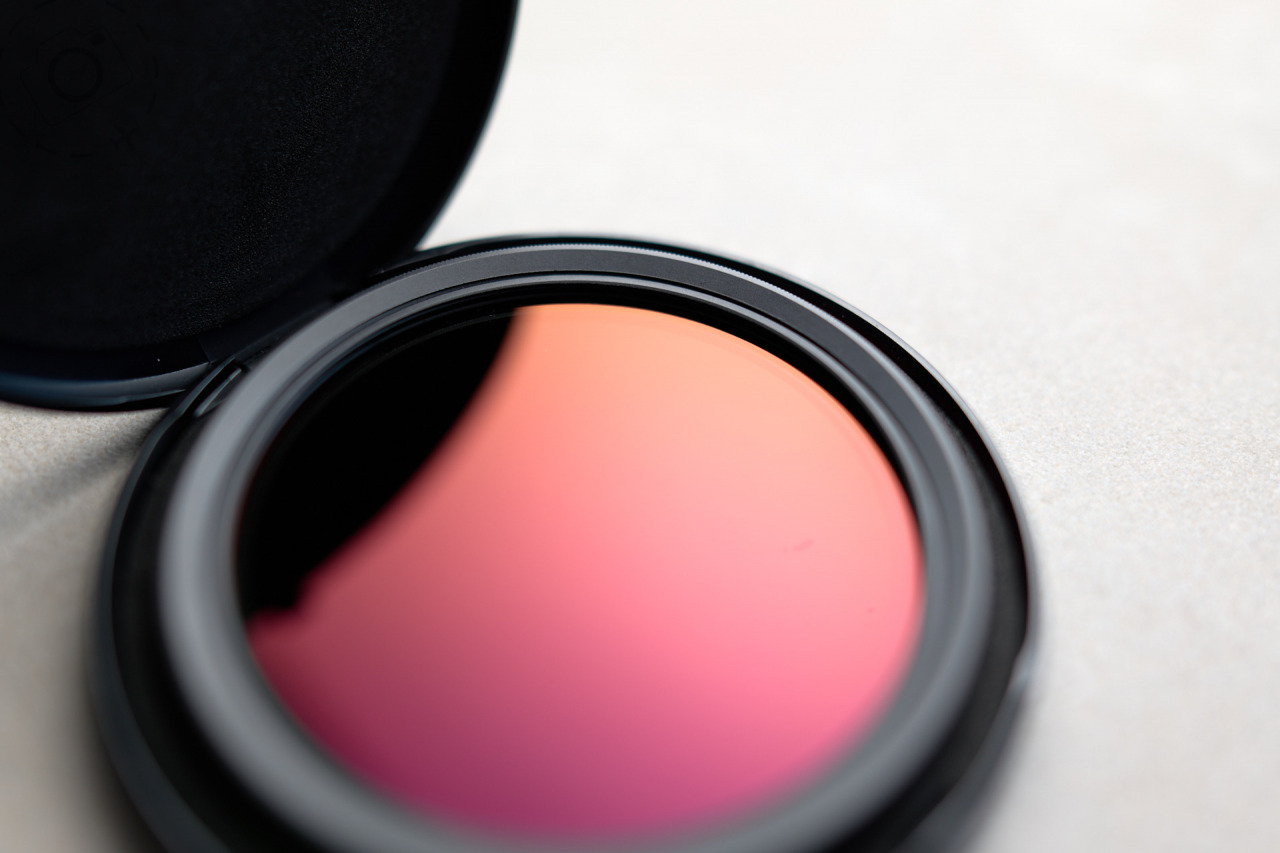

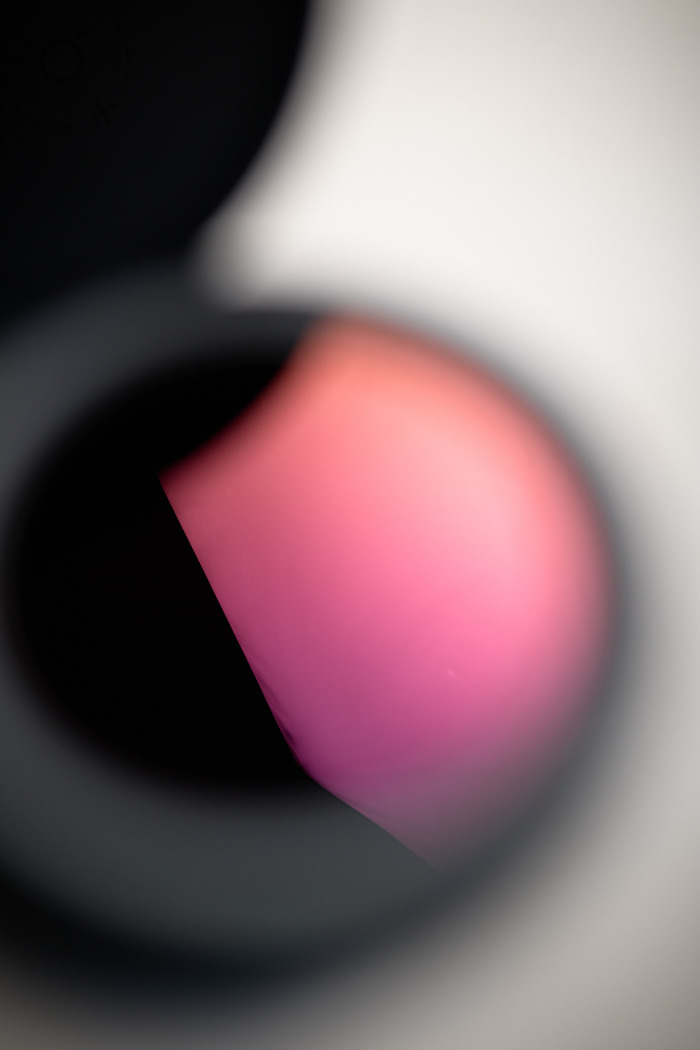

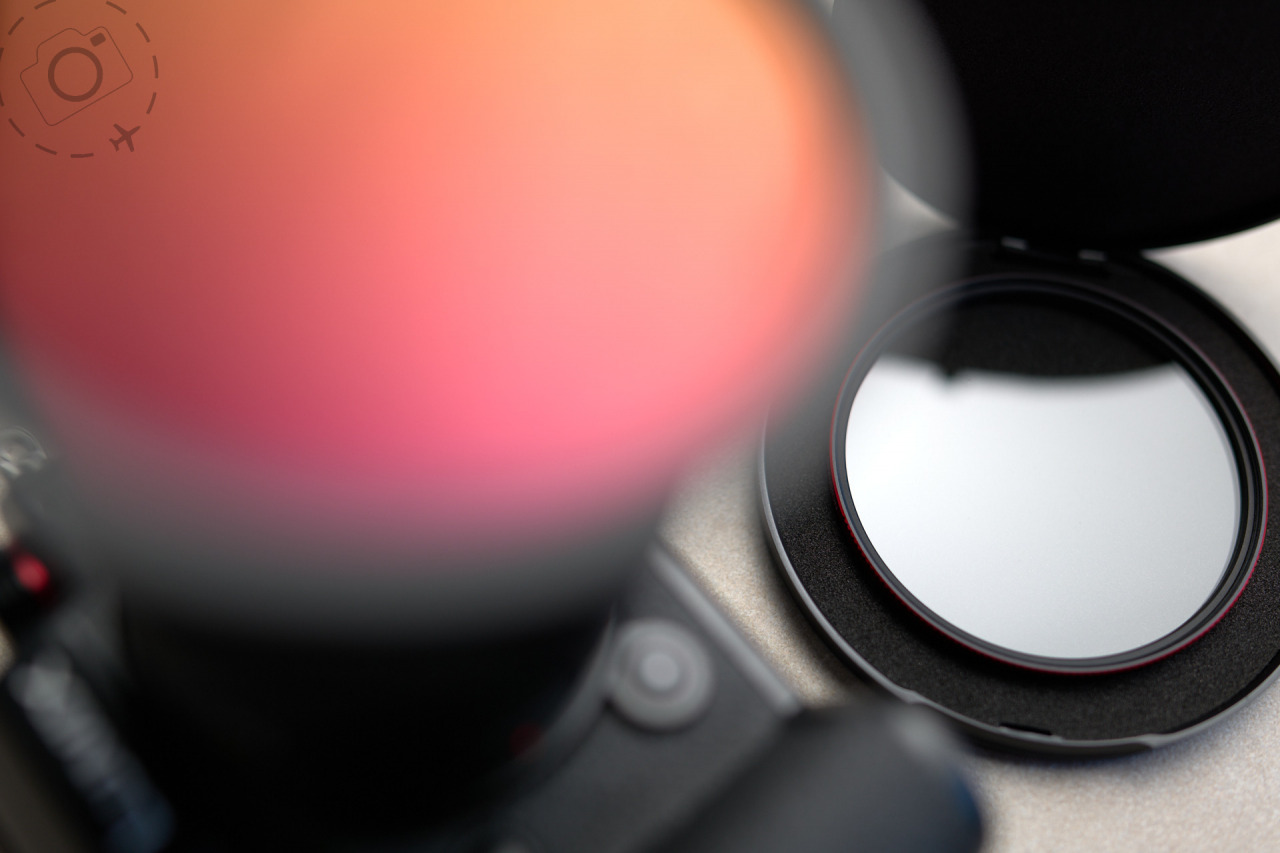
180° Rule
But everything has changed in photography, because now we also shoot video. And where I once saw ND filters as a luxury, they are very much an essential item. The reason is because I like to film my video with a 180° shutter. This simply means that when capturing footage at 30fps, I’ll aim for a shutter speed of 1/60th of a second. 180 degrees. This formula keeps the footage smooth to the human eye. If your shutter speed steps higher then your video starts to show the staccato effect, where the gaps between frames are noticeable to the human eye... and unpleasantly distracting.
I want smooth and professional looking footage, so I shoot 180° shutter angle. But, I also want shallow depth of field and f/2 is absolutely my sweet spot for composition. So I want everything.
To make life harder, cameras keep getting better and better at high ISO ability, but not low ISO. The baseline sensitivity when shooting 4K VLOG on my LUMIX S5II is ISO 640. So I’ve got waaaaay too much light for capturing smooth footage on a sunny day at f/2. Hence the ND filters. I find that an ND64 gets me in the ballpark for a sunny day, and if the light dims a little that’s fine because the higher ISO performance of these cameras is insanely good anyway. A simple ND64 in my pocket can keep me in action.
I’ve tried Variable NDs and I hate them. There’s always some kind of artefact that renders uneven light in the frame, and usually negative impacts on colour accuracy as well. One of the things I love about my S5II is the natural tones it delivers with minimal effort, so having to re-grade colours in post from a whacky VND is not my happy place. Most variables essentially utilise a pair of polarisers to achieve their effect, and in general the last thing I want in my footage is MORE contrast that crushes highlights or flattens the shadows.
I’m lucky that my favie lenses for the L-mount cameras are the f/1.8 primes by LUMIX, which are very very light and all use the same 67mm thread size. So I can buy one ND64 and bump it across to the 35mm for shooting, or the 18mm, or the 85mm. That makes life easier for lens changes, with the caveat that screwing on and off a 67mm filter is kind of a pain in the butt. You can easily miss the thread trying to get them on, or if you rush things you risk cross-threading them and damaging the lens, or maybe you just miss the moment entirely because you’re too busy swapping a filter.
Which is why magnetic filters are where my head is at. You put a nice magnetic ring on the end of each lens, and from that point forward it takes seconds to swap the filter on, or off, or across to the other lens. Seconds.
Stuck On It
Shopping for a magnetic filter system is not so easy of course. Nothing worthwhile is easy. I’ve spent days on YouTube and reading reviews, trying to work out if there’s a clear winner in this space. There’s a LOT of YouTube videos that look dreadful, extolling the virtues of several brands of magnetic filters, but without going to the trouble to shoot convincing footage to demonstrate what the filters deliver. Quality of image is everything. I’ve seen some compelling comparisons that favour the NISI TrueTone VND system for colour accuracy, and then some counter arguments that demonstrate vignetting artefacts. Other filter reviews seem more excited about the “mist” or “bloom” filters that integrate with ND for shooting video. There’s so much information out there that it’s difficult to distill any useful information at times.
The range of magnetic filters is growing every month, and there’s plenty of cheap options in the mix. They seem too good to be true, and most of the reviews are from stills photographers who tweaked the RAW file in post for an hour, instead of people trying to blend footage for video shot with and without filters. What is the baseline for quality here and how much money do I need to spend to make it worth my while? I even read a magazine review that listed a range of ND filter styles, but without even mentioning image quality or degree of colour shifts. Not helpful.
As a general rule, if the shopping funnel drops me back inside Amazon, then I’ve probably got the wrong product. I try to shop direct from the local distributor or manufacturer anyway, but that simply isn’t always an option. Kase, for example, seems to be very active in the UK but in Australia I found multiple shop fronts and outdated Facebook pages that have been ignored for years. Urth have a few magnetic filters on their website but not in ND64 – they go straight from ND8 to ND1000 for some inexplicable reason, even though my current choice in screw-on ND64 filters are ones I bought from their website. Freewell have some highly rated filters but their website is geared to USA buyers mostly, plus they recently changed their system to a new design (K2) that puts VND front and centre. The new series is proper chunky, but I'm trying to achieve light and simple for shooting on the run.
A lot of the magnetic systems now are pushing VNDs instead of solid NDs, which means I have to sidestep a lot of irrelevant results when researching products and pricing. I can see the appeal of the VNDs, but I can also see the loss of quality that you end up with. If you’re shooting EVERYTHING with the same filter maybe this is less of an issue, but trying to mix and match footage shot in a range of lighting conditions, with and without the filter artefacts, is not ideal and in many cases exceeds my current skill set.
The Future
There are two things that I expected to be enjoying long before we arrived in the year 2023. Flying cars and internal ND filters for cameras. Both of these have been pure disappointment for me. Olympus made a stab at this a few years back, but fumbled the ball right before the goal line. Their implementation was half-baked and fully frustrating. Pro video cameras often have built-in ND filters, but these are chunky beasts that cost more than my car. My non-flying car just to be clear.
One solution gaining reach in the market are adaptors for mirrorless bodies using older lens mounts, but with a drop-in filter slotted into that gap. It’s like a rear-filter solution, but loading from the side and easy to swap in and out. Lots of options in this space, which is great news if you’re still using EF glass or are shooting a feature length production with PL lenses. I have a lot of really really nice native L-mount lenses though, and hence absolutely no hope of a simple side-loading filter system that integrates with the L-mount format.
I want a setup that is super light, super easy to pack, and super optimised for swapping between stills and video. We’re sooooo close to perfect with a camera like the LUMIX S5II. I love the AF performance, and the wide open bokeh of my lenses. If there was some trickery in the firmware to simply dial-in super low ISO instead of super high, then I’d have my perfect camera. Ok, 4K 120 in 10-bit with the new Phase AF plus in-built ND on the sensor, then I have my perfect camera.
So for now the magnetic filters will be my only option going forward. I’ve ordered a few models from different manufacturers, and will be taking them to the Kimberley Coast next week to see how they perform. If I have any good news to report, you’ll see the updates right here.
– Ewen
Update September 2023
OKKO came out head and shoulders above the other filters I tested. Very happy with the performance in the field and in studio tests. Full details are in this blog post:
https://ewenbell.com/blog/My_Favie_Magnetic_Filter

Keep Reading
Join Ewen's newsletter for monthly updates on new photography articles and tour offers...Subscribe Here



